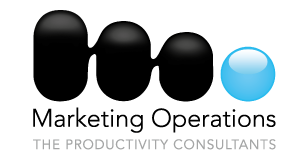


Situation:
Every year our customer has ordered more than 2,000 designs or design adaptations for its brands from more than 1,000 different design agencies in more than 180 countries. The agency's briefing process and the design selection process doesn't follow industry standards. Evaluation criteria were not available, test methods were arbitrary and the responsible managers were not trained design managers.
Task:
The task was to develop and implement a holistic design capability program gradually worldwide. With the program, design quality should be increased significantly, costs and turnaround times should be reduced considerably. Design management capabilities should be built in the company.
Action:
At the first stage, we proceeded scientifically and theoretically and we have 1. outlined the value of design of a company or a product, 2. we defined criteria for determining the value of design for companies, 3. we defined principles that help to create valuable design. Based on this preliminary work, we inter alia developed the following modules to support the design process in the company: 1) briefing module, 2) agency-selection module, 3)design evaluation module, 4)design manager capability module, 5)training module. Using the Design to Win-program and its modules, we then handled the major design projects to test the practicability and, on the other hand, to prove the benefits of the Design to Win-program.
Result:
Meanwhile our client implemented Design to Win on a Global basis. The agency roster has been developed according to the same principles, all design manager positions have got an identical job description and there exists a globally harmonised training curriculum for all design managers. However, most important is that design evaluation is no longer based on subjective criteria such a liking, but predefined objective criteria, which are based on the purpose of the project. Similar to the “One Number Score” in advertising, our client now has got the ability to track the quality of design over the years and to improve them continuously. Our client has transitioned to think systematically and to design complete visual identity systems (toolboxes) and not to think in terms of individual designs. Thereby, our client has not only achieved savings in global design budgets, but also at the same time increased flexibility. Using the visual identity system-kit each country can build its specific adaptation flexible and modular itself, whereby the acceptance of global campaigns has increased considerably.
This case is very extensive and we have developed a lecture on this topic you may like to book.
If you want to go in depth concerning this case, we are happy to present the subject in detail – ![]() please contact us!
please contact us!
